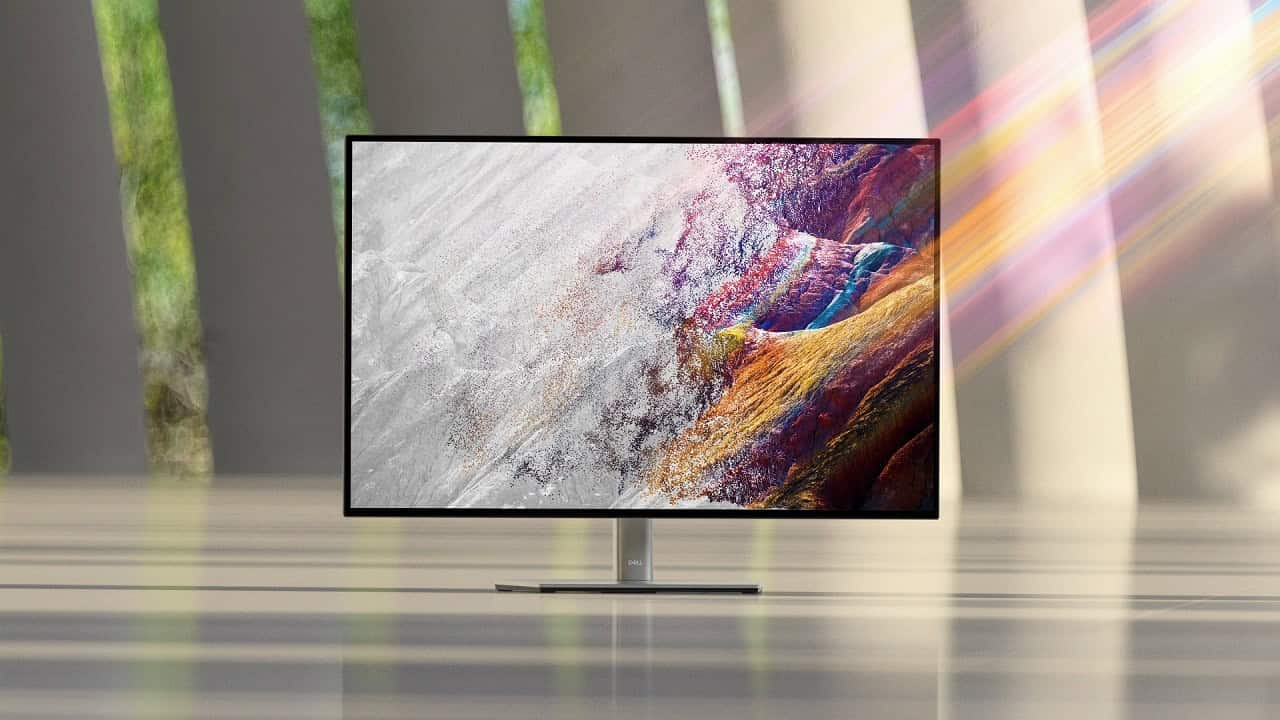Monitors are getting better every year. In 2025, you’ll find amazing new screens with sharp pictures and smooth motion. The best monitors for 2025 offer OLED displays, 4K resolution, and high refresh rates to enhance your viewing and gaming experience.
You’ll want to check out the latest OLED monitors. They give deep blacks and bright colors. The LG UltraGear 45GR75DC is a top pick for gaming and everyday use. It has a big curved screen that pulls you into the action.
4K monitors are now more common and cheaper. They show tiny details in games and movies. For work, you can fit more on your screen. The AOC Q27G3XMN gives you great image quality without breaking the bank.
| Feature | Benefits |
|---|---|
| OLED | Deep blacks, bright colors |
| 4K Resolution | Sharp images, more screen space |
| High Refresh Rate | Smooth motion, less blur |
Level Up Your Display: Top Monitors for 2025
Whether you’re a gamer, creative professional, or everyday user, a high-quality monitor can significantly enhance your computing experience. Here’s a roundup of some standout monitors worth checking out in 2025, ranked by category:
Best Overall
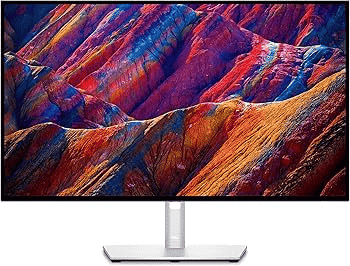
- Dell UltraSharp U2723QE: This 27-inch 4K monitor delivers exceptional image quality with vibrant colors and sharp details. It also boasts a wide range of connectivity options and ergonomic features.
Best for Gaming
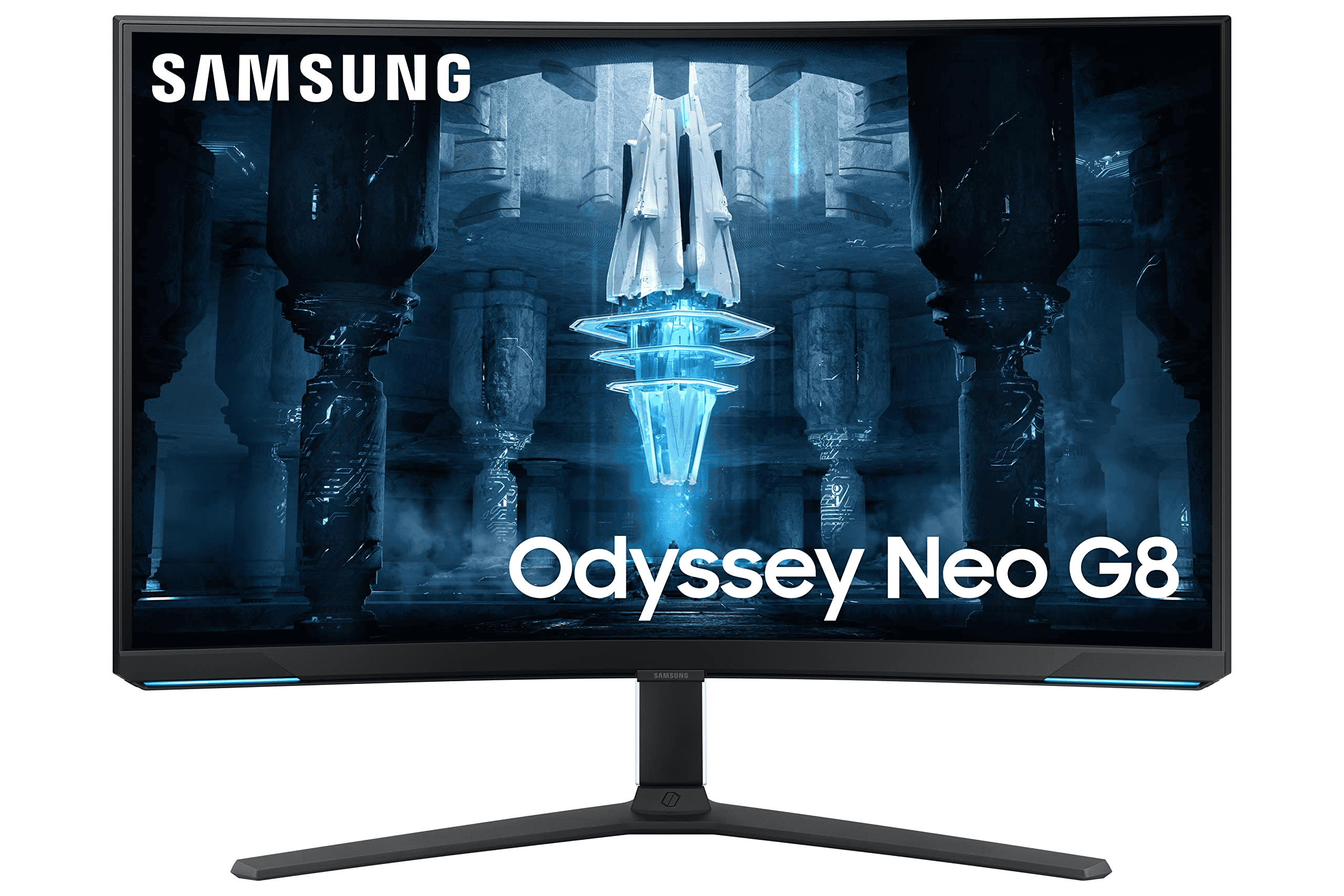
- Samsung Odyssey Neo G8: This 32-inch curved gaming monitor offers an immersive experience with its 4K resolution, 240Hz refresh rate, and Quantum Mini LED technology for stunning HDR performance.
- LG UltraGear 27GP950-B: This 27-inch 4K monitor combines a 144Hz refresh rate with Nano IPS technology for vibrant colors and fast response times, making it ideal for both competitive and immersive gaming.
Best for Creative Professionals
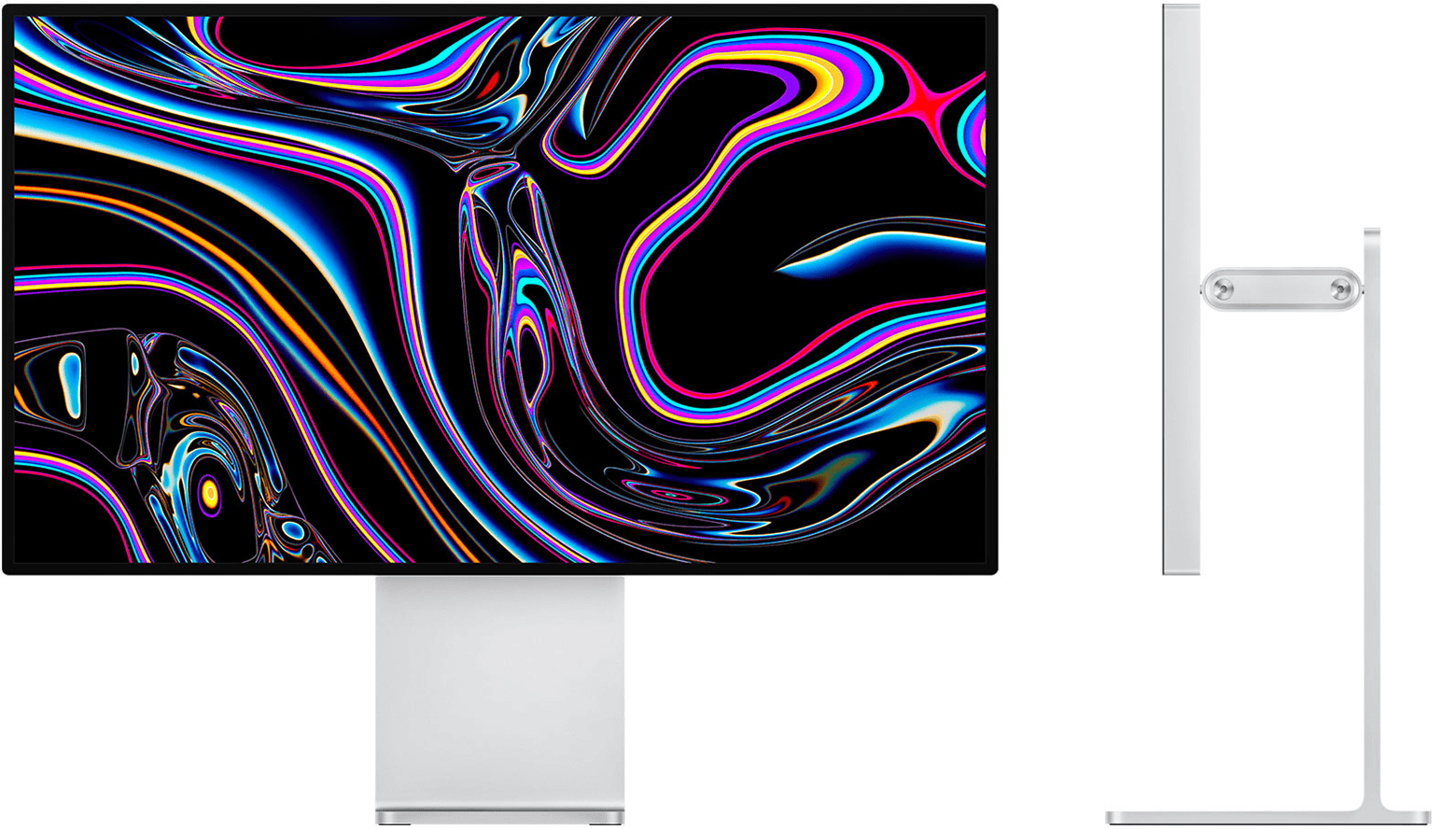
- Apple Pro Display XDR: This 32-inch 6K Retina display offers exceptional color accuracy and dynamic range, making it a top choice for photographers, videographers, and graphic designers.
- BenQ SW321C: This 32-inch 4K monitor provides accurate color reproduction and hardware calibration capabilities, making it ideal for photographers and videographers who demand precise color representation.
Best Budget-Friendly
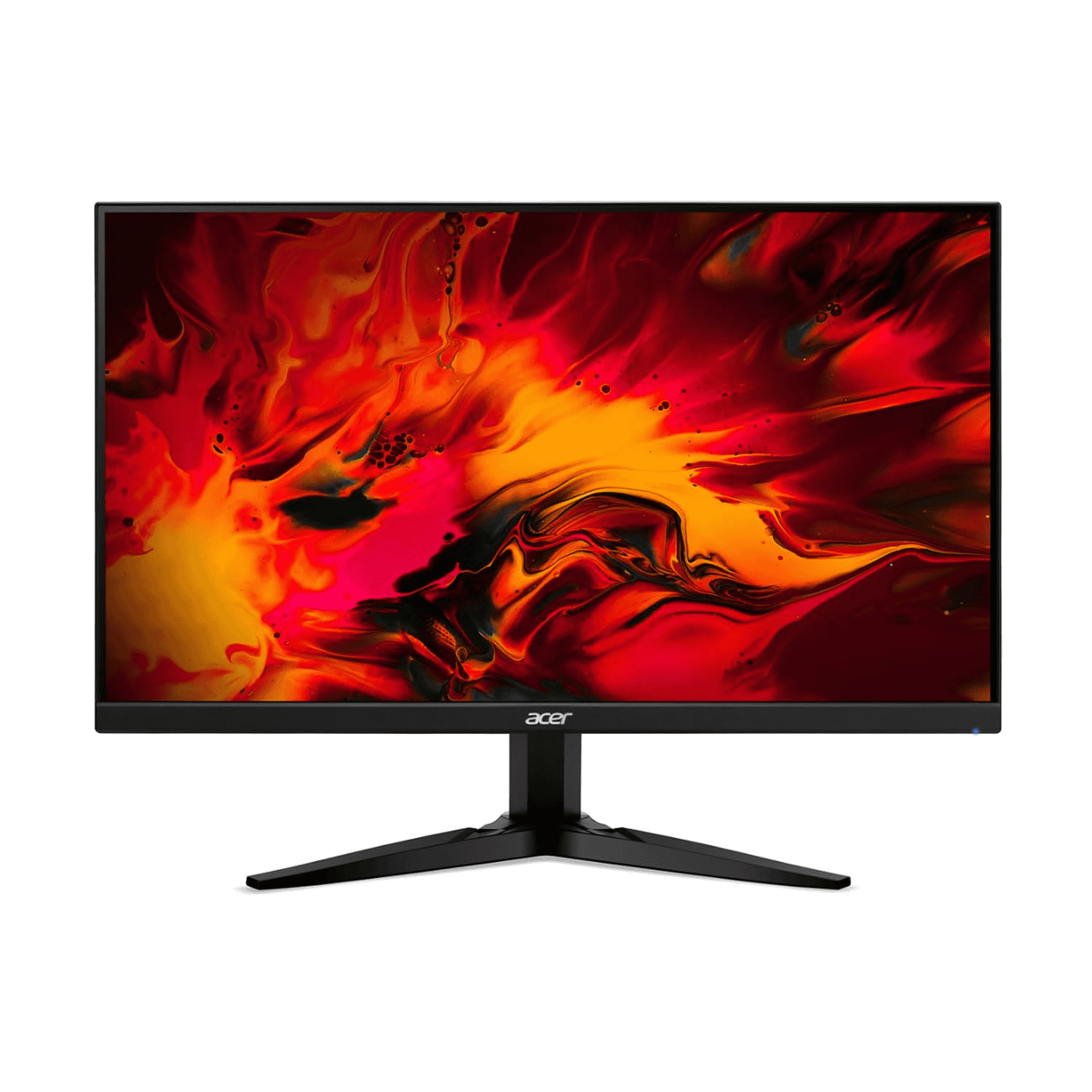
- Acer Nitro XF243Y Pbmiiprzx: This 23.8-inch 1080p monitor offers a 165Hz refresh rate and AMD FreeSync Premium technology for smooth, tear-free gaming at an affordable price.
- HP M24fw FHD Monitor: This 23.8-inch 1080p monitor features a sleek design, IPS technology for wide viewing angles, and built-in speakers, making it a versatile and affordable option for everyday use.
Best Portable
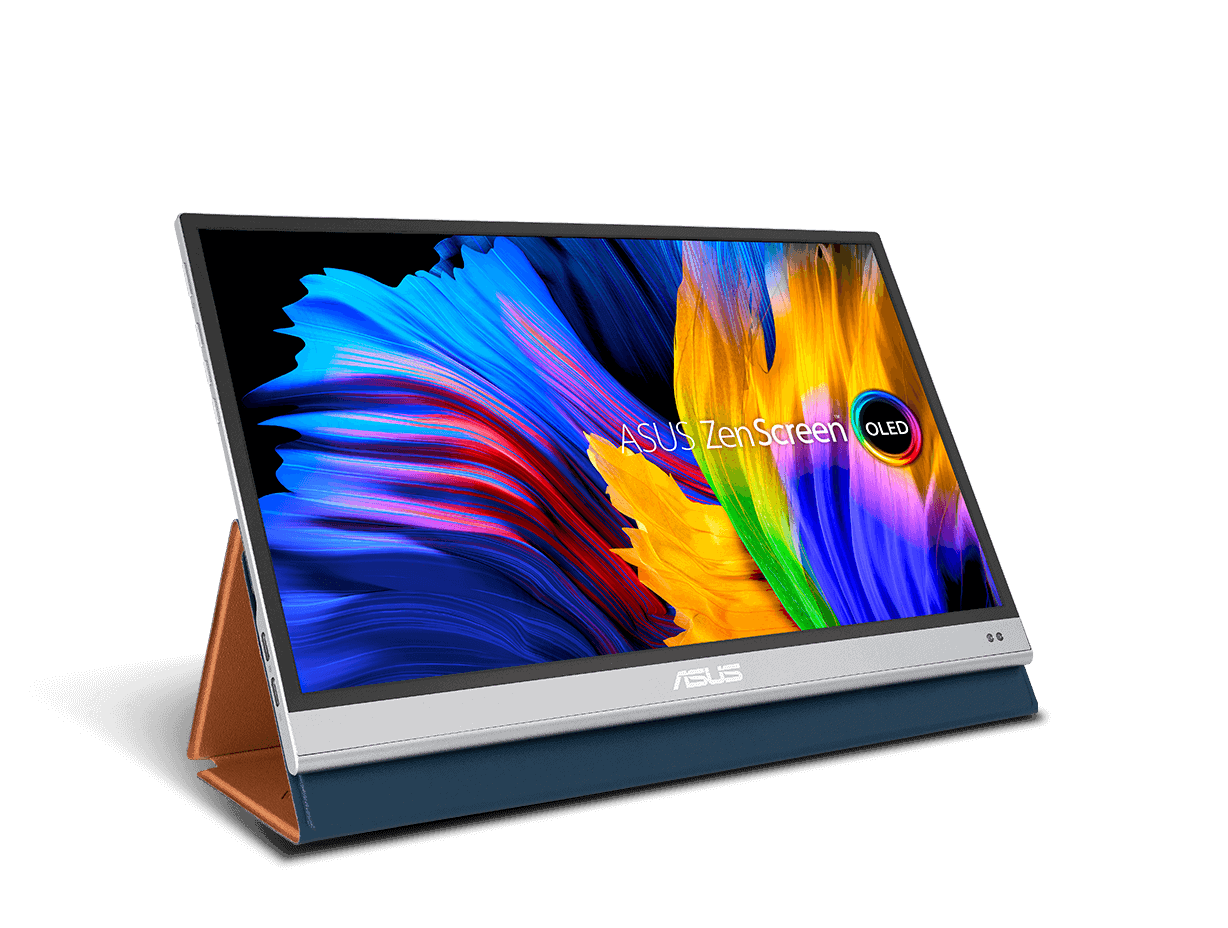
- Asus ZenScreen OLED MQ16AH: This 15.6-inch portable OLED monitor delivers stunning image quality with deep blacks and vibrant colors, making it ideal for on-the-go professionals and creatives.
Choosing Your Ideal Monitor
When selecting a monitor, consider these factors:
- Resolution: Higher resolutions (like 4K or 6K) offer sharper images and more screen real estate.
- Panel Type: IPS panels generally provide better color accuracy and wider viewing angles, while VA panels offer deeper blacks and higher contrast ratios.
- Refresh Rate: A higher refresh rate (like 144Hz or 240Hz) results in smoother motion, which is especially important for gaming.
- Size and Aspect Ratio: Consider your desk space and viewing preferences.
- Connectivity: Ensure the monitor has the necessary ports for your devices.
- Budget: Set a realistic budget and stick to it.
Key Features to Consider
With a plethora of excellent monitors available, you can find the perfect display to elevate your digital experience. Do your research, consider your needs, and enjoy the visual upgrade!
When shopping for a monitor in 2025, several crucial factors will impact your gaming and viewing experience. These elements determine image quality, performance, and compatibility with your setup.
Resolution and Size
Screen size and resolution are key factors in your monitor choice. Common resolutions include:
- 1080p (1920×1080)
- 1440p (2560×1440)
- 4K (3840×2160)
Higher resolutions offer sharper images but require more powerful hardware. For gaming, 1440p often strikes a good balance between detail and performance.
Screen sizes typically range from 24″ to 34″ for desktop use. Larger screens provide immersion but may require sitting further back. Consider your desk space and viewing distance.
Ultrawide monitors with 21:9 or 32:9 aspect ratios offer extra horizontal space for multitasking or panoramic gaming views.
| Resolution | Typical Size Range | Best For |
|---|---|---|
| 1080p | 24″-27″ | Budget, competitive gaming |
| 1440p | 27″-32″ | All-around use, gaming |
| 4K | 27″-32″+ | Content creation, high-end gaming |
Refresh Rate and Response Time
Refresh rate impacts motion clarity in fast-paced games. Higher rates reduce blur and improve smoothness. Common refresh rates:
- 60 Hz: Standard
- 144 Hz: Smooth gaming
- 240 Hz: Competitive gaming
Response time measures how quickly pixels change color. Lower is better for reducing ghosting:
- 5ms: Typical for IPS panels
- 1ms: Ideal for fast-paced gaming
Many gaming monitors now offer adaptive sync technologies like FreeSync or G-Sync. These match the monitor’s refresh rate to your GPU’s output, eliminating screen tearing.
For competitive gaming, prioritize high refresh rates and low response times. For general use or content creation, you can focus more on image quality.
Panel Technology and Types
Different panel types offer varying strengths:
- IPS (In-Plane Switching): Good color accuracy and viewing angles
- VA (Vertical Alignment): High contrast ratios, deep blacks
- TN (Twisted Nematic): Fastest response times, budget-friendly
- OLED: Perfect blacks, instant response times
New technologies like QD-OLED combine the benefits of OLED with enhanced brightness and color range.
For most users, IPS panels offer a good balance of color quality and performance. VA panels excel in dark rooms due to their high contrast. OLED provides the best image quality but at a higher price point.
Consider your primary use case when choosing panel type. Content creators may prefer IPS for color accuracy, while movie enthusiasts might opt for VA or OLED for better contrast.
Connectivity Options
Modern monitors offer various connectivity options to suit different setups:
- HDMI 2.1: Supports 4K at 120Hz, ideal for latest consoles
- DisplayPort 1.4: High bandwidth for PC gaming
- USB-C: Single cable for video, data, and power
- USB hub: Convenient port expansion
Ensure your chosen monitor has the right ports for your devices. For future-proofing, look for HDMI 2.1 and DisplayPort 1.4.
Some monitors feature KVM switches, allowing you to control multiple devices with one keyboard and mouse.
Consider your cable management needs. Monitors with built-in USB hubs can reduce desk clutter.
High-Performance Monitors for Gaming
Gaming monitors have evolved to meet the demands of competitive players and immersive experiences. Advanced features enhance gameplay while pushing visual boundaries.
Gaming Monitors for Competitive Players
Competitive gaming requires displays that can keep up with fast-paced action. High refresh rates up to 360Hz deliver ultra-smooth motion. Low input lag ensures your actions translate instantly on screen.
Look for monitors with:
- 1ms response times
- FreeSync Premium or G-Sync
- Low motion blur
These features minimize ghosting and screen tearing. IPS panels offer wide viewing angles and vivid colors. TN panels prioritize speed for esports.
| Feature | Benefit |
|---|---|
| 360Hz refresh rate | Fluid motion |
| 1ms response time | Reduced blur |
| Adaptive sync | No screen tearing |
Consider your GPU when choosing. NVIDIA cards pair best with G-Sync monitors. AMD GPUs work well with FreeSync displays.
Immersive Experience with Ultrawide and Curved Screens
For a more enveloping setup, ultrawide and curved monitors expand your field of view. Curved screens like the 57-inch Samsung Odyssey Neo G9 wrap around your peripheral vision.
Ultrawide aspect ratios (21:9 or 32:9) provide extra screen space. This allows you to see more of the game world at once. Racing and flight sim fans benefit greatly from the added immersion.
Curved monitors reduce eye strain during long sessions. Look for curvatures between 1000R and 1500R. Deeper curves offer a more pronounced wraparound effect.
Key features for immersive gaming:
- HDR for vibrant colors
- High contrast ratios
- Wide color gamuts
These create lifelike visuals that pull you into the game world. Combine with quality audio for a truly captivating experience.
Innovative Display Technologies
Monitor technology continues to advance rapidly. New display innovations offer improved visuals and performance for work and play.
Emerging OLED and QD-OLED Solutions
OLED monitors are gaining popularity due to their exceptional contrast and color reproduction. These screens produce perfect blacks by turning off individual pixels. QD-OLED takes this further by combining OLED with quantum dot technology.
QD-OLED displays offer even better color volume and brightness. The Asus ROG Swift OLED PG27AQDP pushes boundaries with a 480 Hz refresh rate at 1440p resolution. This provides incredibly smooth motion for competitive gaming.
Several manufacturers now offer large format OLED gaming monitors. These combine TV-like sizes with monitor features for an immersive experience.
| Technology | Pros | Cons |
|---|---|---|
| OLED | Perfect blacks, wide viewing angles | Risk of burn-in |
| QD-OLED | Vivid colors, higher brightness | More expensive |
HDR and Color Performance
High Dynamic Range (HDR) capabilities continue to improve on monitors. This technology expands the contrast and color range for more lifelike images.
Top models now support HDR1400 or even HDR2000 certification. This indicates peak brightness levels of 1400 or 2000 nits respectively. Such high brightness allows HDR content to really pop.
Color accuracy is crucial for creative professionals. Many new monitors offer factory calibration and wide color gamut coverage. Look for 98% or higher DCI-P3 coverage for vibrant, accurate colors.
Future-Proofing Through Advanced Features
8K resolution monitors are emerging for those who need extreme detail. While content is limited, these displays future-proof your setup for coming years.
Adaptive sync technologies like FreeSync and G-Sync continue to evolve. They now work across a wider range of refresh rates to eliminate screen tearing.
Mini-LED backlighting is becoming more common. This allows for better local dimming and HDR performance compared to traditional LED.
Motion handling sees improvement through higher refresh rates and faster response times. This reduces blur and improves clarity during fast-paced content.
Monitors for Every Budget
When selecting a monitor, you’ll find options spanning various price points and feature sets. Your choice depends on your specific needs and financial constraints.
Budget-Friendly Options
Budget monitors offer good value for everyday use. The Asus VA24DCP stands out as an affordable option with a USB-C port for charging laptops. It’s ideal for basic office work and casual browsing.
For gamers on a tight budget, the Pixio PX248 Prime S offers impressive specs. This 165 Hz FHD display provides smooth gameplay at a competitive price point.
Consider the LG 24GN650-B for a balance between cost and performance. It’s a solid choice for those seeking a reliable monitor without breaking the bank.
| Model | Size | Resolution | Refresh Rate | Price Range |
|---|---|---|---|---|
| Asus VA24DCP | 24″ | 1080p | 75 Hz | $170-$200 |
| Pixio PX248 Prime S | 24″ | 1080p | 165 Hz | $130-$150 |
| LG 24GN650-B | 24″ | 1080p | 144 Hz | $160-$190 |
Premium Choices for Professionals and Enthusiasts
For those requiring top-tier performance, the Dell U2723QE offers a 27-inch 4K display with excellent color accuracy. Its USB-C hub and KVM switch make it perfect for multitasking professionals.
Gamers and creative professionals might appreciate the Samsung Odyssey OLED G8. This curved display provides immersive visuals and rapid response times for both work and play.
The ASUS ROG Swift OLED PG32UCDM represents the pinnacle of gaming monitors. Its 4K resolution and high refresh rate cater to enthusiasts demanding the best visual experience.
Frequently Asked Questions
Choosing the right monitor involves considering various factors like display technology, resolution, refresh rate, and intended use. These questions address key aspects to help you make an informed decision for your 2025 monitor purchase.
What are the top-rated gaming monitors anticipated for release by 2025?
Several exciting gaming monitors are expected to hit the market by 2025. OLED technology is gaining traction, with new models offering higher refresh rates and improved color accuracy.
4K resolution monitors with 240Hz refresh rates are becoming more common. Some manufacturers are also working on 8K displays for ultra-high-definition gaming experiences.
What key features should be considered when purchasing a monitor in the upcoming year?
When buying a monitor in 2025, focus on resolution, refresh rate, and panel type. 4K resolution offers crisp image quality, while high refresh rates (144Hz and above) provide smooth motion.
Consider the panel type (IPS, VA, or OLED) based on your needs for color accuracy, contrast, and response time. Size is also important, with 27-inch to 32-inch monitors being popular choices for most users.
What advancements in display technology can be expected in monitors by 2025?
By 2025, expect wider adoption of OLED and mini-LED technologies in monitors. These advancements will bring improved contrast ratios, deeper blacks, and better HDR performance.
Higher refresh rates of 360Hz and beyond may become more common, especially in competitive gaming monitors. Quantum dot technology is likely to enhance color accuracy and brightness in LCD panels.
How can the longevity of a monitor be assessed before making a purchase?
To assess a monitor’s longevity, check the manufacturer’s warranty and read user reviews for long-term reliability reports. Look for models with robust build quality and reputable brands known for durability.
Consider the monitor’s connectivity options to ensure compatibility with future devices. HDMI 2.1 and DisplayPort 2.0 ports will help future-proof your purchase for upcoming gaming consoles and graphics cards.
Are there any upcoming professional monitors that are recommended for productivity in 2025?
Professional monitors in 2025 are likely to focus on color accuracy, resolution, and ergonomic design. Look for 4K or 5K monitors with wide color gamuts (like Adobe RGB or DCI-P3) for content creation.
Some manufacturers may introduce 32-inch 4K OLED monitors with high refresh rates, combining the benefits of OLED technology with professional-grade features. USB-C connectivity and KVM switches are becoming standard for multitasking professionals.
What time of the year is best for purchasing new monitors given current market trends?
The best time to buy a new monitor often aligns with major shopping events and product release cycles. Black Friday and Cyber Monday sales in November typically offer significant discounts on monitors.
January and February can also be good months to buy, as retailers may offer deals to clear out older stock before new models arrive. Keep an eye on tech events like CES for announcements of new monitor releases, which may lead to price drops on previous models.
| Buying Period | Advantages |
|---|---|
| November | Black Friday and Cyber Monday deals |
| January-February | Possible clearance sales on older models |
| After major tech events | Price drops on previous models |

